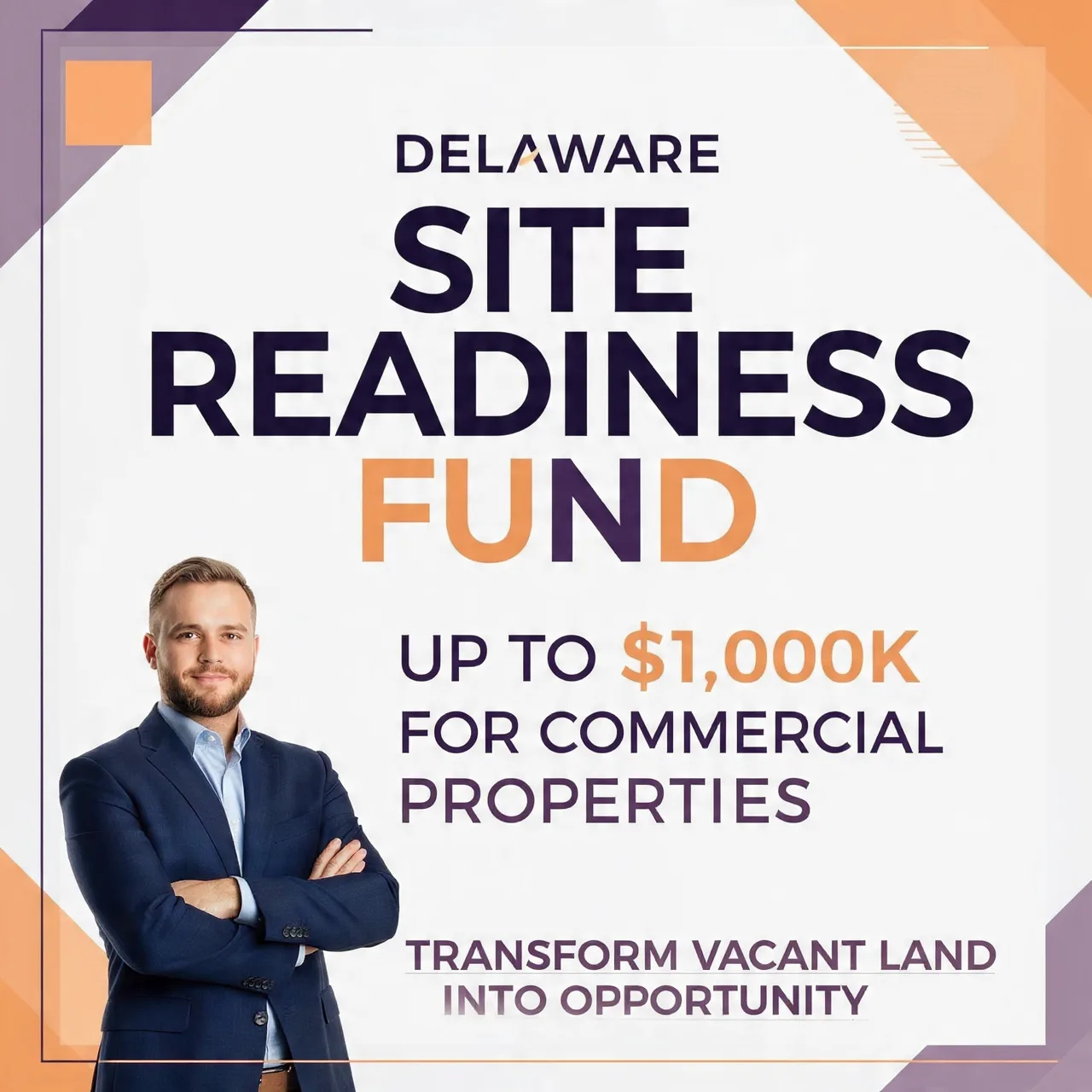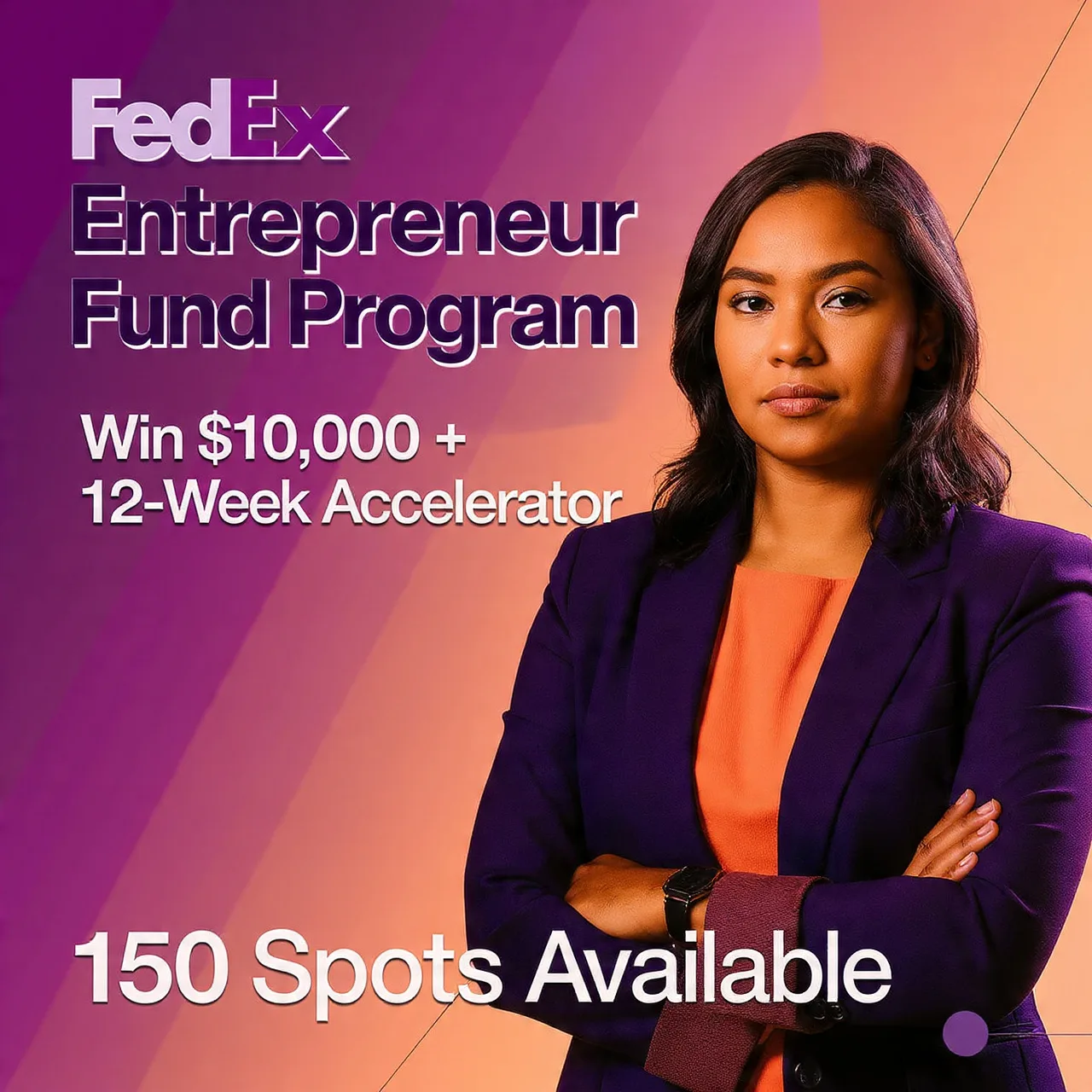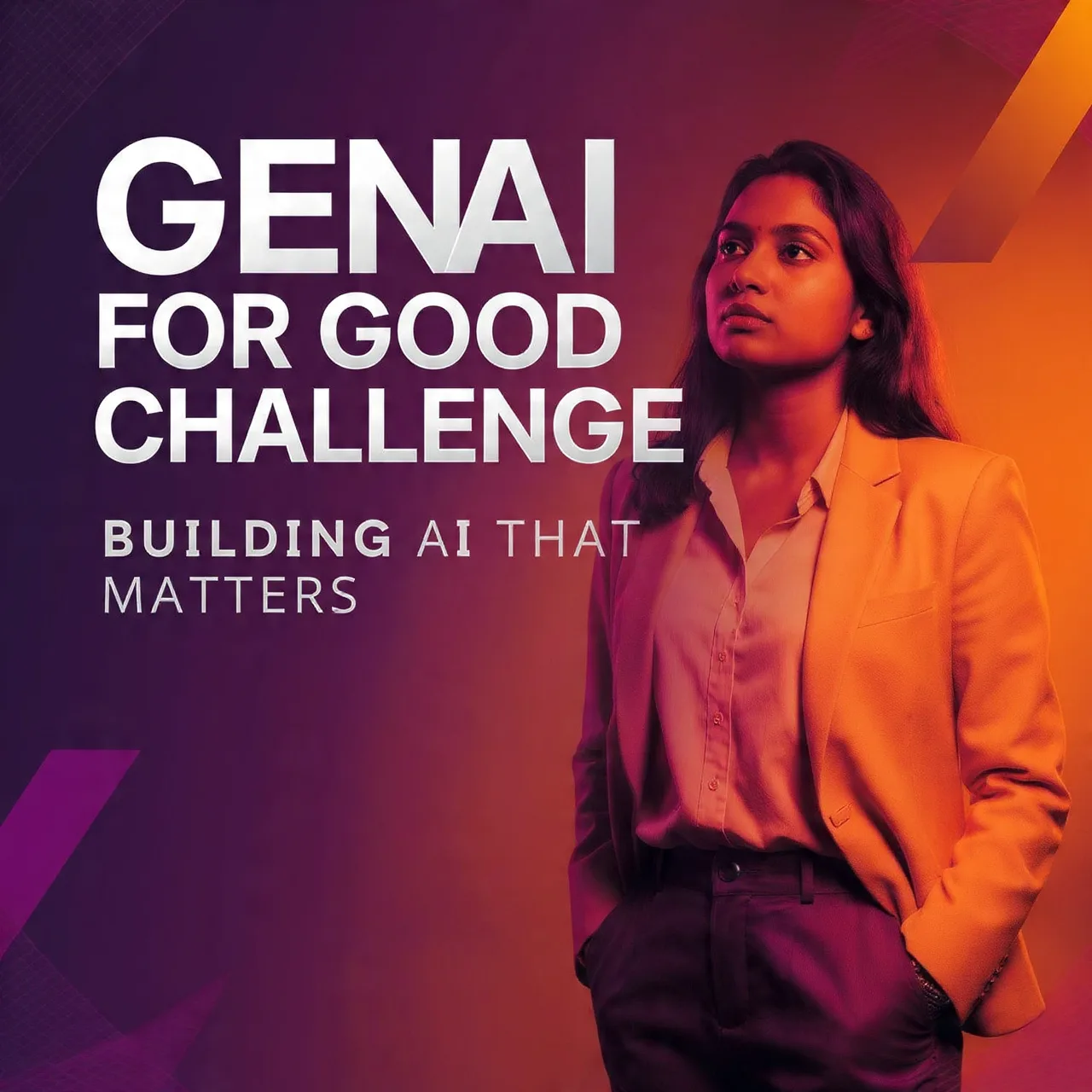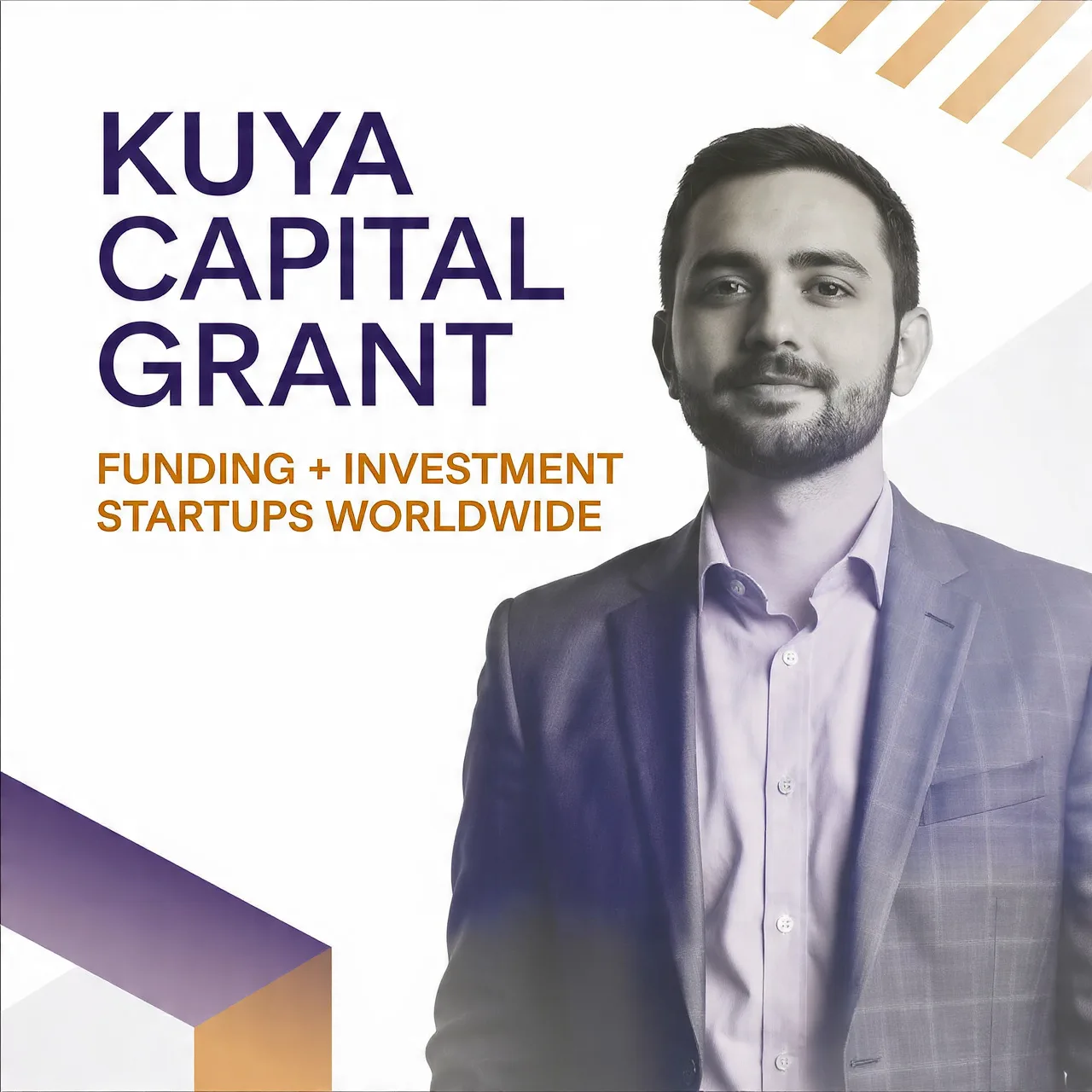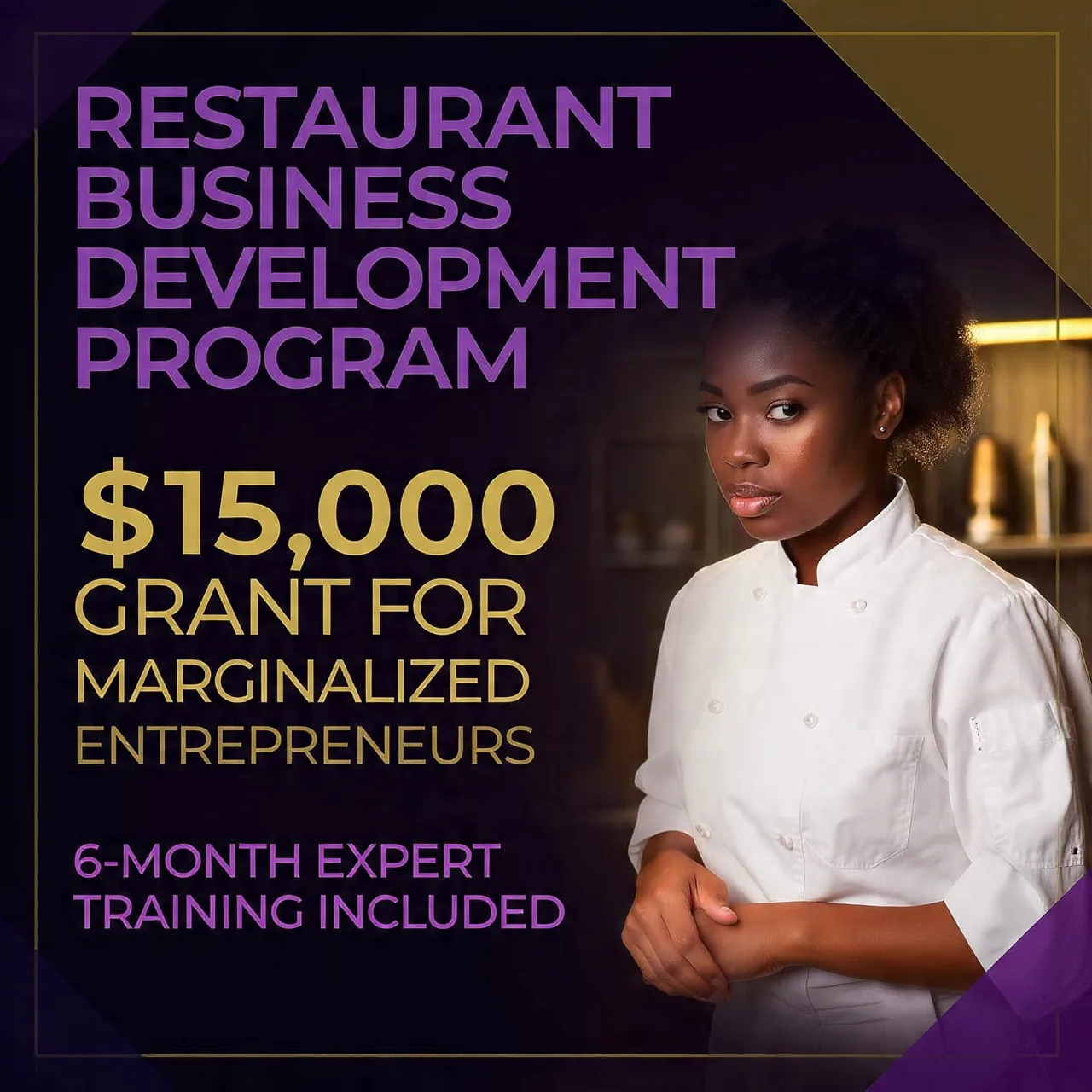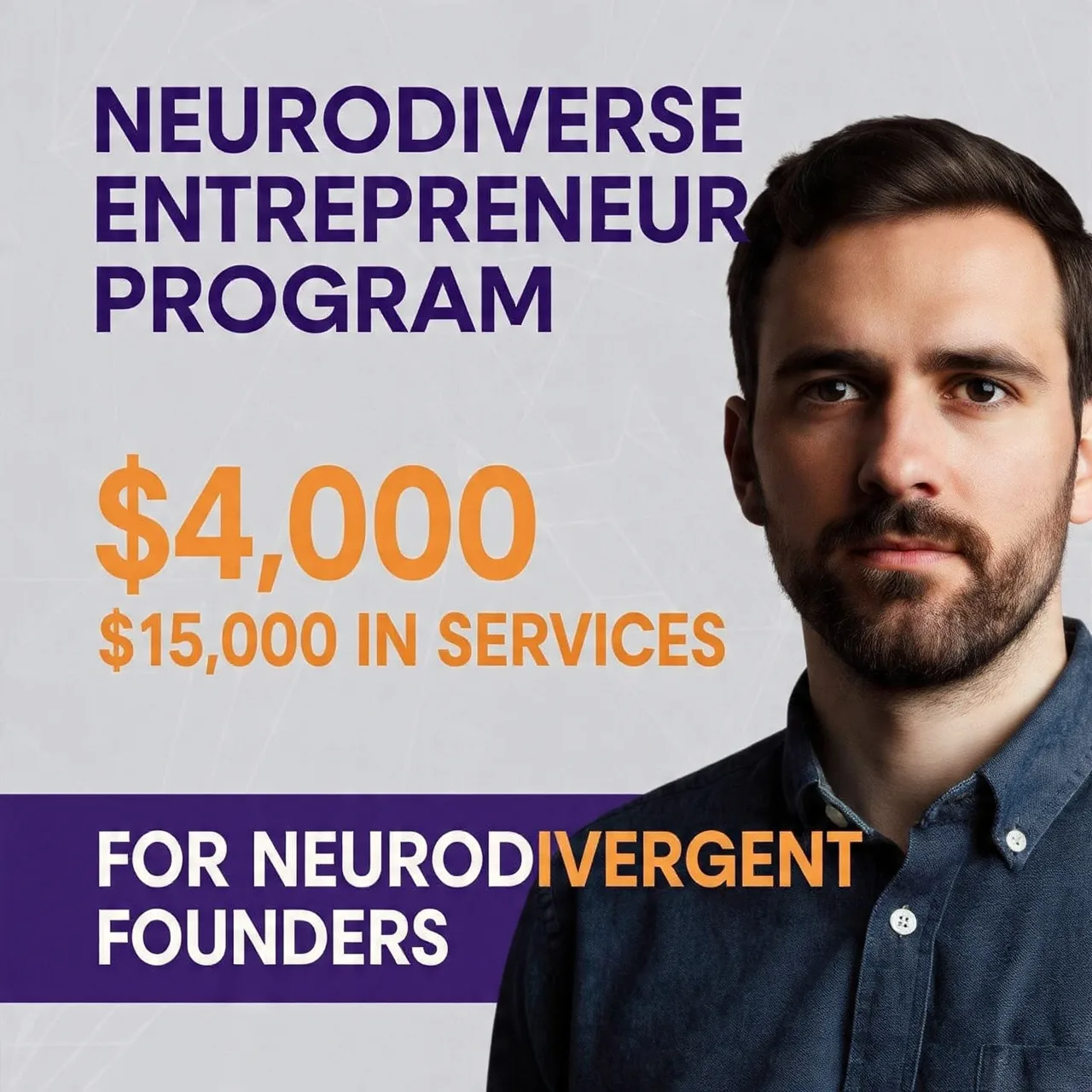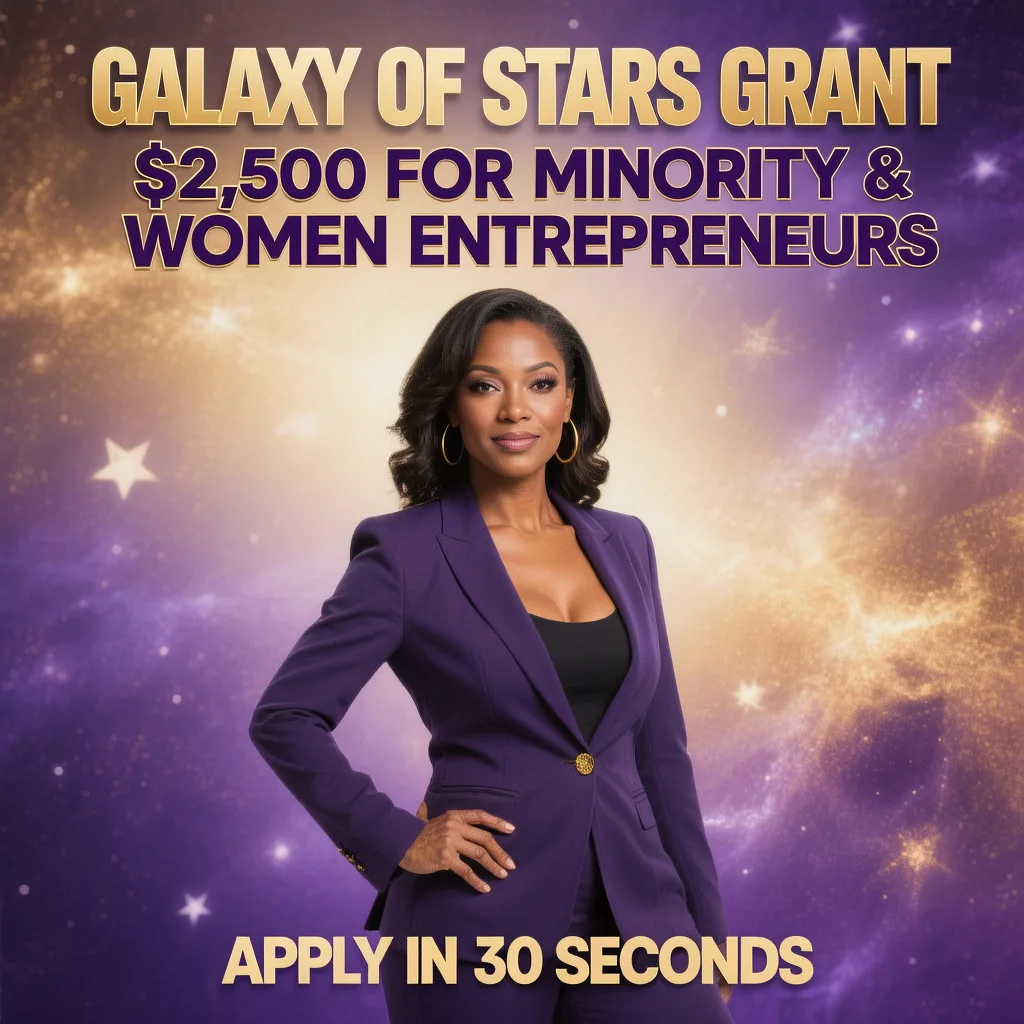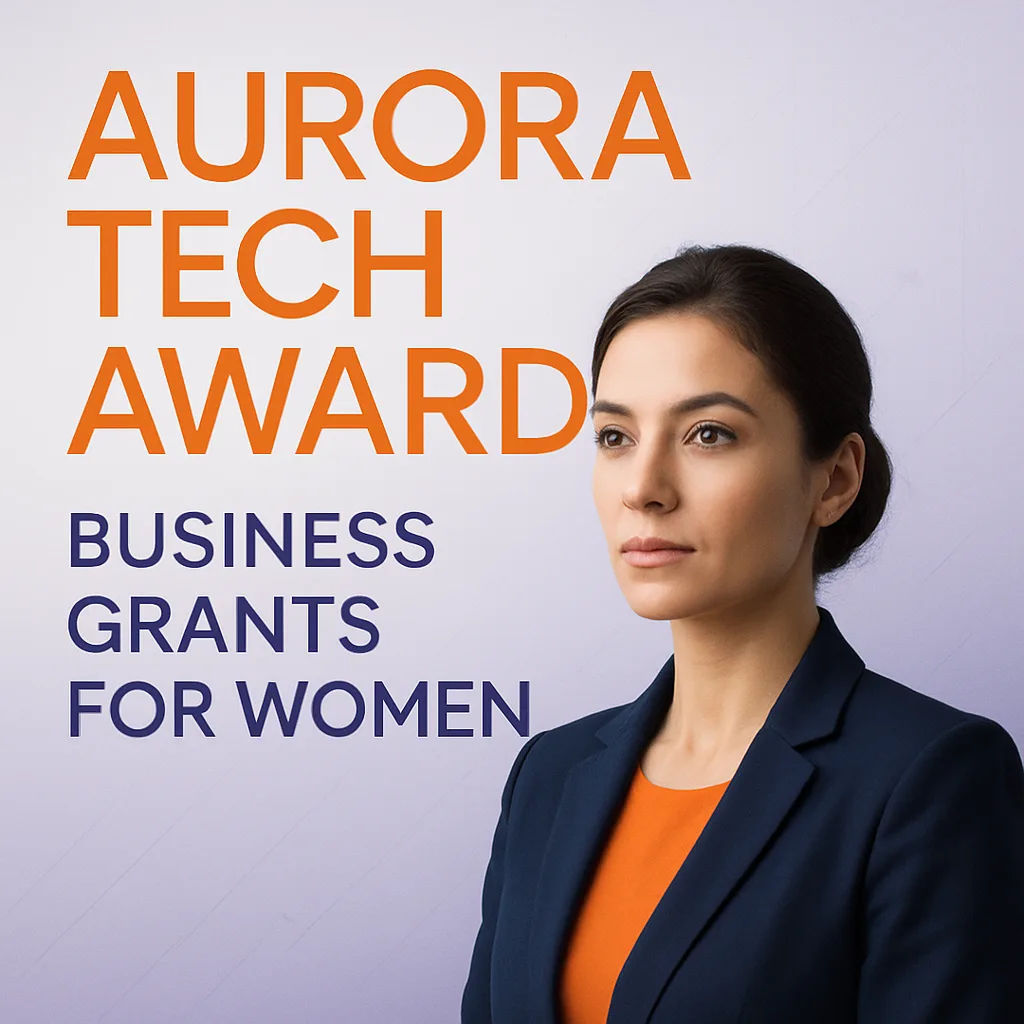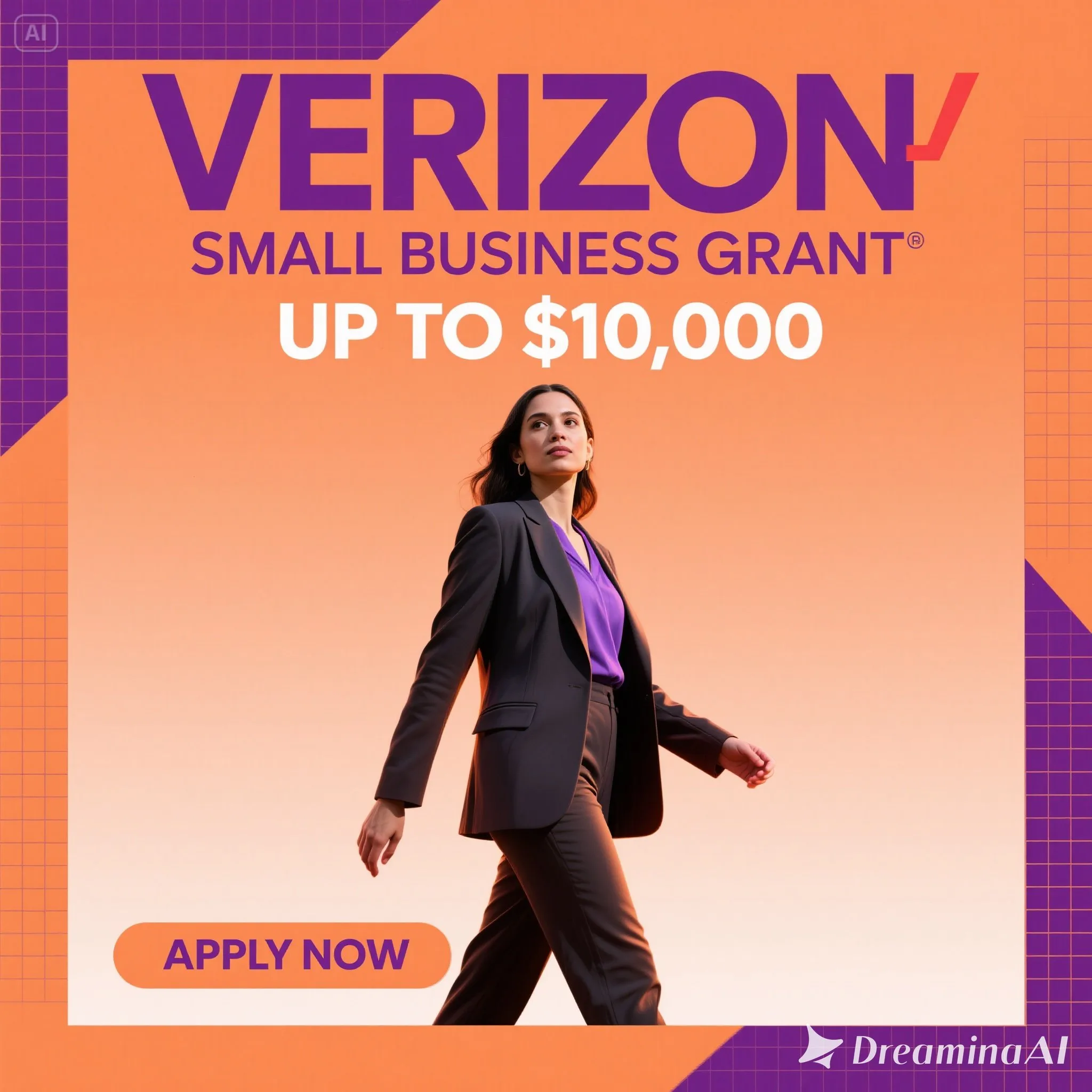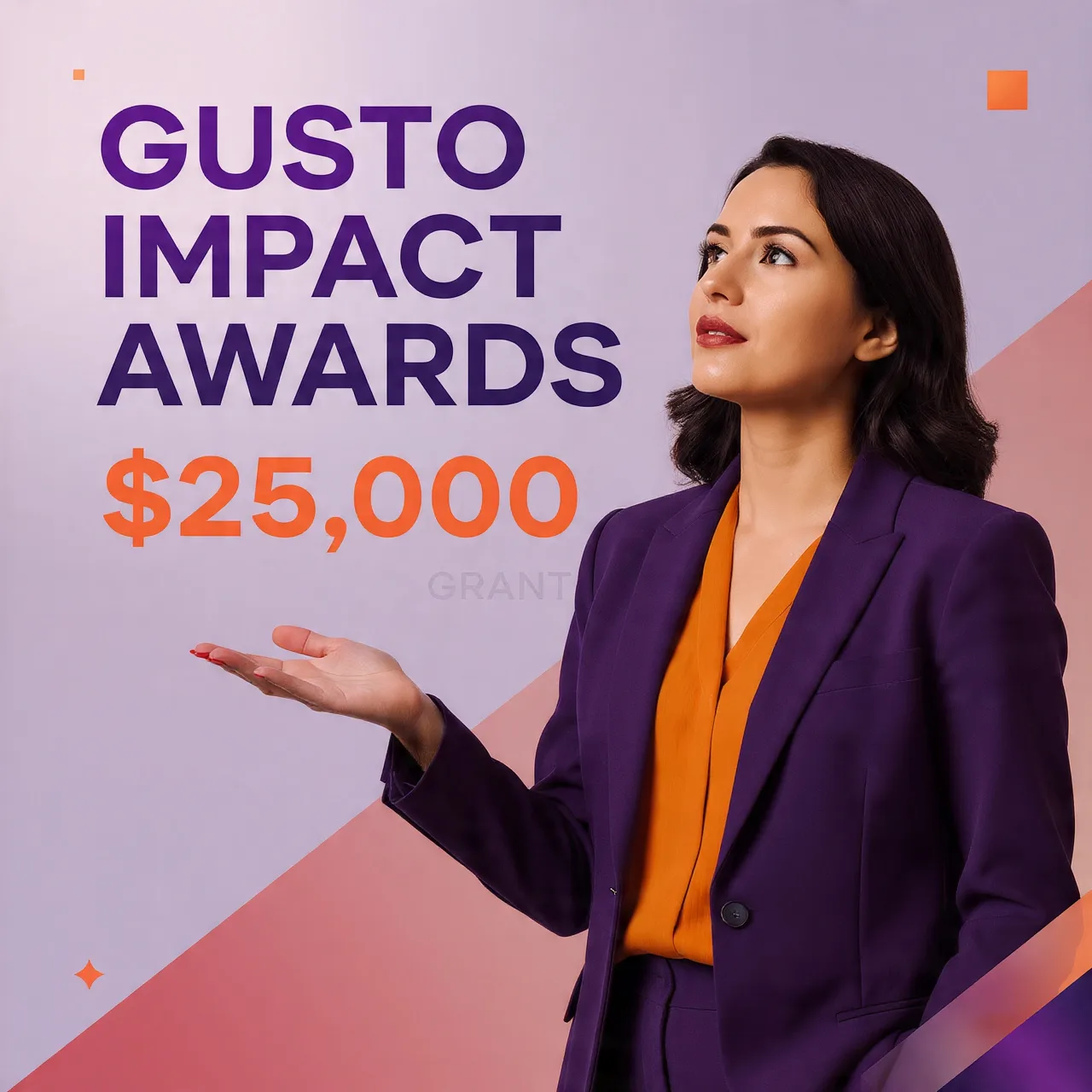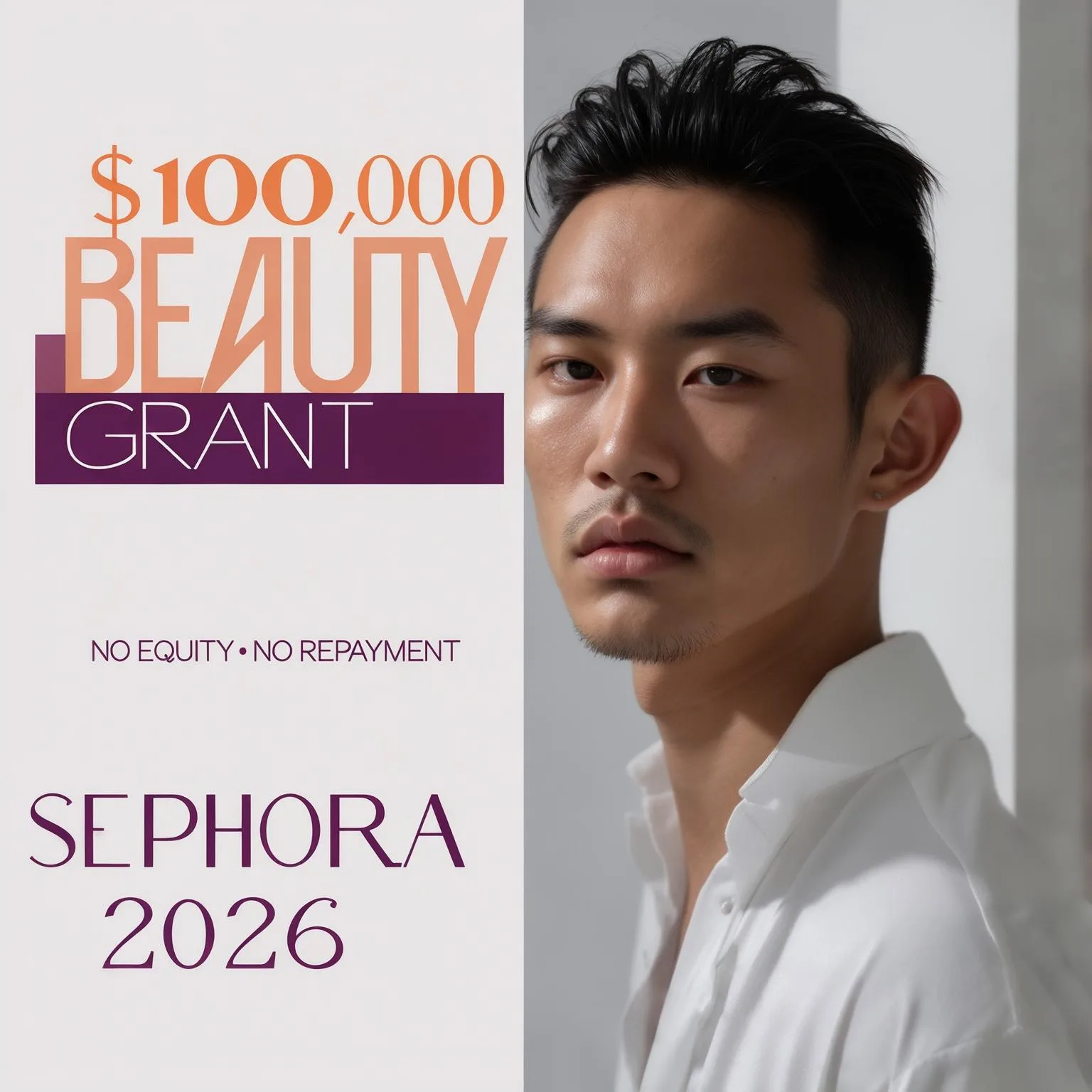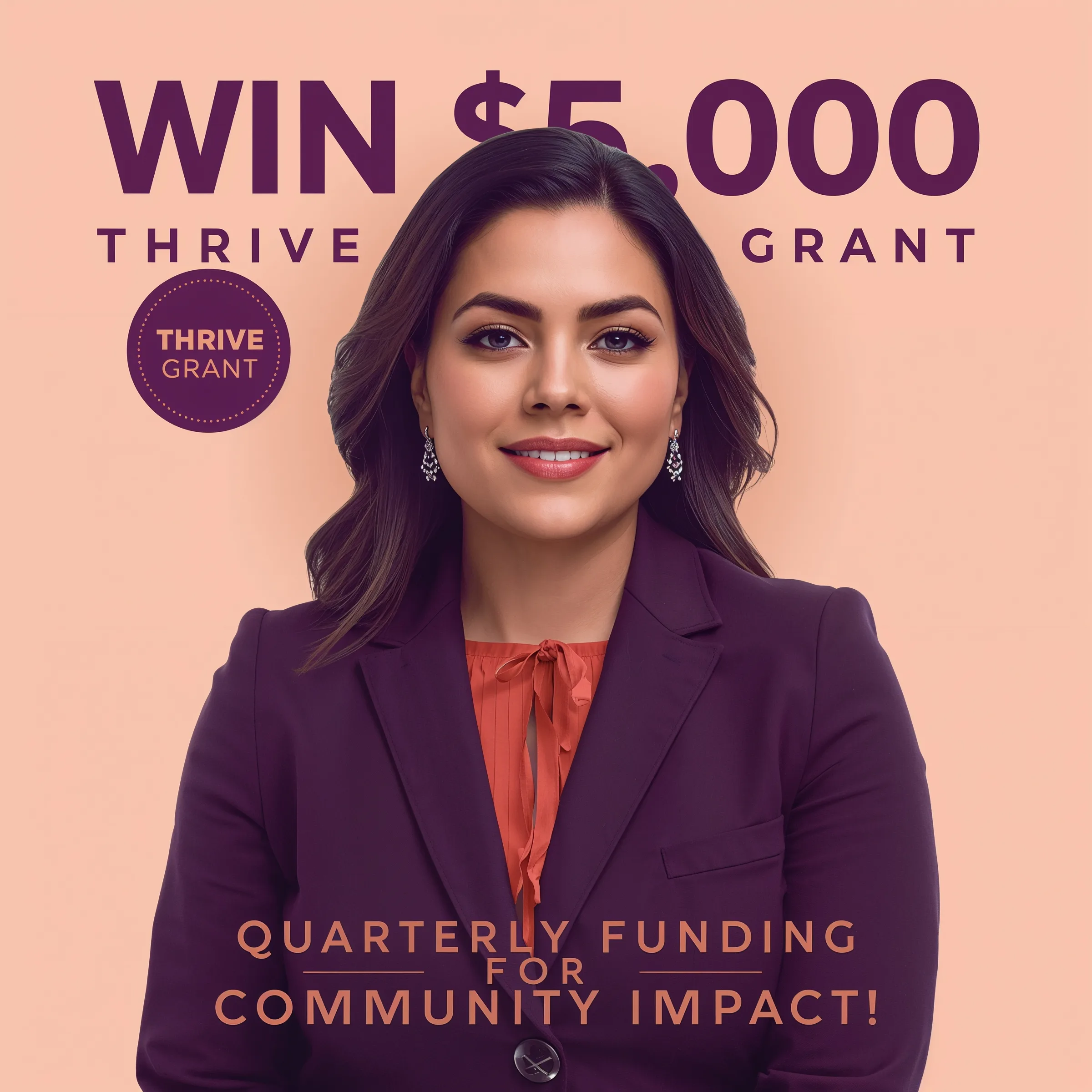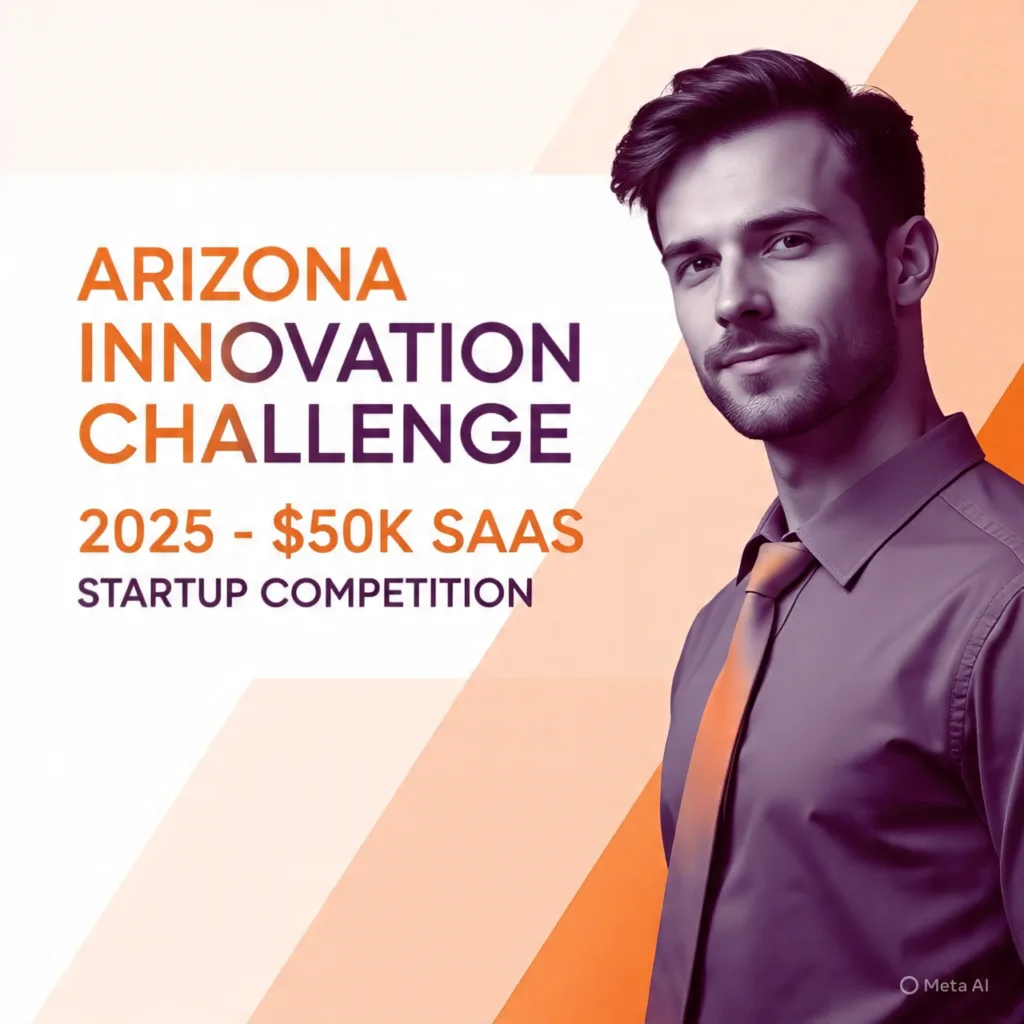
Arizona Innovation Challenge 2025: $50,000 SaaS Startup Competition
Non-dilutive $50K funding + 3 months expert mentorship for SaaS startups. Apply to Arizona's largest business plan competition!
Grant Overview
Major Business Plan Competition Offering Non-Dilutive Funding Plus Three Months of Expert Mentorship for Arizona Tech Startups
The Arizona Innovation Challenge gives SaaS startups a real shot at $50,000 without giving up any ownership stakes, plus you get three months working directly with entrepreneurs who’ve actually been through the whole startup rollercoaster before.
This competition has been around since 2010, and when I tell you it’s serious about results – the numbers don’t lie. We’re talking about 43 successful exits from past participants and over $6.16 billion in collective portfolio value. Previous AIC Awardees include successful startups like CampusLogic, Paradox, GT Medical Technologies, AlgoFace, botco.ai, and Ampcera. These aren’t just companies that got a nice certificate and faded away. They built real businesses that created jobs and generated actual returns for everyone involved.
But here’s where it gets interesting. Most startup competitions are basically beauty contests where you pitch once and hope for the best. Arizona Innovation Challenge runs more like a proper vetting process – three rounds of increasingly intense evaluation that actually helps you refine your business as you go through it. It’s similar to other competitive opportunities like the Military Entrepreneur Challenge, but specifically designed for SaaS companies ready to scale in Arizona’s growing tech ecosystem.
The Three-Round Process (And Why Each One Matters)
First round is basically the sorting hat from Harry Potter, except instead of Gryffindor or Slytherin, they’re deciding if your business plan makes sense or not. Every application gets reviewed by people who actually know what they’re looking at – not some random committee reading from a checklist. You’ll get feedback either way, which is honestly more valuable than most entrepreneurs realize when they’re starting out. Similar feedback mechanisms work well in programs like the Pathway to Opportunities Competition, where judge insights can completely reshape your approach.
Around 20 companies make it to the semifinal round. This is where things get real. You’re not just updating your materials based on feedback – you’re submitting an actual investor pitch deck that could theoretically be shown to VCs tomorrow. The live pitching component separates people who can talk about their business from people who can actually sell it.
Q: What makes a pitch deck stand out in the semifinal round?
A: Clear revenue traction, realistic growth projections, and proof of founder-led sales capability.
Q: How much time do you get to present during the pitch?
A: The format varies, but expect 5-10 minutes plus Q&A with judges.
Q: Can you update your business model between rounds?
A: Yes, judges expect evolution based on their feedback and market changes.
The final round is basically a job interview for your entire company. Ten finalists sit down with a panel of judges for what they call an “interactive question and answer session.” Don’t let the formal language fool you – this is where they figure out if you’re the kind of person who can actually execute on everything you’ve been promising in your applications.
What Arizona Commerce Authority Actually Wants to See
The official criteria talk about “innovative technology” and “commercialization potential,” but let me translate that into plain English. They want SaaS companies that have figured out product-market fit and are ready to scale, not startups still trying to figure out what they’re building. The minimum $5,000 monthly recurring revenue requirement isn’t arbitrary – it’s proof that real customers pay real money for what you’ve created.
Arizona Commerce Authority also cares deeply about job creation in the state. When they ask about your plans for Arizona operations, they’re not looking for vague promises about “maybe opening an office someday.” They want specific commitments with timelines, because their success gets measured by how much economic activity they generate locally. Think of it like the CriticalMass Program for Climatetech Startups in Massachusetts – state-level economic development with clear regional focus.
Q: How detailed should my Arizona expansion plan be?
A: Include specific hiring timelines, office space requirements, and projected local spending.
Q: Does “SaaS company” include mobile apps with subscriptions?
A: Yes, if your primary revenue model is recurring software subscriptions.
The competition also emphasizes “founder-led sales,” which trips up more applicants than you’d expect. This doesn’t mean you personally handle every single sale, but it does mean you’re actively involved in the sales process and can articulate your value proposition to customers yourself. If you’ve delegated all customer-facing activities to employees, that’s actually a red flag to these judges.
The Money and What Happens After You Win
$50,000 in non-dilutive funding is the headline number, but the three-month Entrepreneur-in-Residence program often becomes the more valuable part of the deal. These aren’t consultants who charge by the hour – they’re people who’ve been matched to your specific business challenges and have skin in the game for your success.
Past winners have leveraged this mentorship into significantly larger funding rounds. We’re talking about an average of $123 million raised per company after going through the program. That’s not a typo. These mentors help winners navigate everything from product development to Series A preparation, depending on where your company sits on the growth curve. It’s similar to how McKinsey Fast Grants pairs financial support with world-class business expertise.
Q: Do I get to choose my Entrepreneur-in-Residence mentor?
A: Arizona Commerce Authority handles the matching based on your business needs and mentor expertise.
Q: What happens if my mentor isn’t a good fit?
A: The program includes check-ins to address any issues and ensure productive relationships.
Q: Can the mentorship continue beyond three months?
A: Formal program ends at three months, but many relationships continue informally.
The networking aspect shouldn’t be underestimated either. Arizona’s VC ecosystem includes serious players like Arizona Venture Development Corporation, AZ-VC, Plug and Play, PHX Ventures, and PHX FWD. Getting introduced through the Arizona Innovation Challenge carries weight with these groups because they know the vetting process eliminates most of the noise.
Even companies that don’t win get access to Venture Raise, a 12-week accelerator focused specifically on fundraising preparation. Finalists and Semifinalists who were not selected as AIC Awardees have been invited to participate in Venture Raise, a 12-week accelerator that focuses on funding. This secondary benefit often matters more than people realize when they’re applying.
Timeline That Actually Matters for Planning
Applications open July 29 and close August 11, 2025. That’s exactly two weeks, which sounds generous until you realize how much work goes into a competitive application. The Arizona Commerce Authority hosts an application workshop on July 30, and if you’re serious about this competition, that workshop isn’t optional. It’s where you learn the subtle differences between what they say they want and what actually wins.
Semifinalists get announced August 14, pitch on August 18, finalists announced August 21, interviewed August 22, winners announced August 27. Everything happens fast once the evaluation process begins, so any preparation you can do beforehand matters significantly.
This compressed timeline means your business better be in good shape before you apply. Unlike grants where you might have months to work on implementation, this competition assumes you’re ready to execute immediately. Similar to how Start.Pivot.Grow. Micro Grant opportunities work – they want businesses ready to deploy capital quickly.
Application Mistakes That Eliminate Good Companies
Based on analyzing patterns from previous years, certain mistakes show up repeatedly in unsuccessful applications. The biggest one is underestimating the founder-led sales requirement. Judges want to see evidence that you personally understand your customers and can communicate your value proposition effectively.
Another common problem is weak Arizona connection strategies. Companies that treat the Arizona requirement as an afterthought typically don’t advance. You need specific plans for establishing meaningful operations, not just promises to “explore Arizona opportunities.”
Q: What counts as “meaningful operations” in Arizona?
A: Significant employee presence, local partnerships, or substantial business activities beyond just incorporation.
Q: How do judges verify my $5K MRR requirement?
A: Expect to provide financial documentation and customer references during due diligence.
Q: Should I mention specific Arizona cities in my application?
A: Yes, showing knowledge of local business conditions and specific location preferences strengthens your case.
Revenue projections that seem disconnected from reality also hurt applications. Judges can spot unrealistic growth assumptions quickly, especially when they don’t align with your current traction metrics. They’d rather see conservative projections that you can exceed than aggressive targets that make them question your judgment.
Companies sometimes overlook the commercialization timeline requirement too. You need to demonstrate that your products or services will generate meaningful revenue within 12 months of receiving funding. “Meaningful” doesn’t mean profitable necessarily, but it does mean substantial progress toward sustainable business operations.
The Real Competition and How to Stand Out
Arizona Innovation Challenge attracts hundreds of applications for those 10 final spots. Most applicants are legitimate businesses with real products and actual revenue – this isn’t a competition full of ideas on napkins. To stand out, your application needs to demonstrate exceptional execution potential, not just good ideas.
The winning companies typically show clear evidence of product-market fit combined with specific plans for scaling efficiently. They’ve moved beyond the experimental phase and can articulate exactly how additional capital will accelerate growth. It’s like the difference between The Big Idea Grant for Women Entrepreneurs which supports early-stage concepts, and this competition which targets businesses ready for serious expansion.
Successful applications also demonstrate deep understanding of their competitive landscape and can explain why their approach will succeed where others haven’t. Generic competitive analysis doesn’t cut it – judges want to see specific advantages that create sustainable differentiation.
The three-month mentorship component means judges also evaluate coachability. They’re looking for founders who can take feedback, adapt strategies, and implement recommendations effectively. Companies that seem rigid or resistant to input rarely advance to final rounds.
Practical Steps for Stronger Applications
Start by conducting honest assessment of your current business metrics. If you’re barely hitting the $5K MRR minimum, consider waiting until you have stronger traction. Judges can distinguish between companies that meet requirements technically versus companies that exceed them meaningfully.
Research Arizona’s business environment specifically. Understand the state’s strategic priorities, major employers, and economic development initiatives. Applications that connect your business growth to Arizona’s broader economic goals perform better than generic expansion plans.
Prepare detailed financial projections that show how you’ll use the $50,000 specifically. Vague statements about “growth capital” don’t impress judges who’ve seen hundreds of similar applications. They want to see line-item budgets that demonstrate strategic thinking about resource allocation. This level of detail matters in competitive programs, just like with Caltech Rocket Fund CleanTech Grants where specificity separates winners from also-rans.
Document your founder-led sales activities thoroughly. If you’re not actively involved in customer acquisition, start now and track your results. Judges want evidence that you understand your customers’ needs personally and can communicate your value proposition effectively.
Q: How far back should my financial documentation go?
A: At least 12 months of revenue data to show consistent MRR growth.
Q: What if my current team is entirely remote?
A: You’ll need specific plans for hiring Arizona-based employees within 12 months.
Q: Can I apply if my co-founder will manage Arizona operations?
A: Yes, but the CEO/founder must participate in mentorship program activities in person.
Build relationships with Arizona’s startup ecosystem before applying. Attend local events, connect with other entrepreneurs, and understand the community you’ll be joining. Applications that show genuine engagement with Arizona’s business community perform better than those treating it as just another market.
Why This Competition Matters for SaaS Companies
Beyond the immediate funding and mentorship, Arizona Innovation Challenge provides validation that opens doors with larger investors later. VCs recognize the program’s rigorous selection process, so being an AIC winner or even finalist carries weight in future fundraising conversations.
The program also connects you with Arizona’s growing reputation as a tech hub. Major companies have been expanding operations in Arizona specifically because of the talent pipeline and business-friendly environment. Winning this competition positions your company within that broader economic narrative.
For SaaS companies specifically, Arizona offers advantages in cost structure compared to traditional tech centers while maintaining access to skilled talent. The mentorship program helps winners navigate these opportunities strategically rather than just stumbling into them.
The three-month intensive support period often helps companies avoid common scaling mistakes that can derail growth later. Having experienced entrepreneurs guiding major decisions during rapid expansion phases frequently makes the difference between sustainable growth and expensive learning experiences.
This opportunity represents one of the more substantial non-dilutive funding options available to SaaS companies nationally. Most similar programs either offer less money, require equity participation, or lack the comprehensive mentorship component that makes Arizona Innovation Challenge distinctive.
Honestly, putting together an application that competes effectively at this level requires serious expertise in business planning, financial modeling, and pitch development. If you’re committed to pursuing this opportunity but want professional guidance on maximizing your chances, that’s exactly what Grantaura’s grant proposal writing services provides. We’ve helped companies secure over $250 million in funding by crafting applications that stand out from the competition. Worth considering if you’re serious about winning.
Donor: Arizona Commerce Authority
Focus: SaaS startups, business plan competition, non-dilutive funding, Arizona technology companies, software as a service, venture capital, startup accelerator, entrepreneur mentorship
Region: Arizona, Phoenix, Tucson, Flagstaff, Tempe, Scottsdale, Mesa, Chandler, Glendale, Peoria, United States
Eligibility:
– For-profit SaaS company with a minimum viable product (MVP)
– Between 2 and 29 full-time, non-administrative employees
– Less than $10 million in net assets at time of application
– Minimum $5,000 monthly recurring revenue (MRR)
– Founder must embrace founder-led sales approach
– Must establish Arizona operations within 12 months if selected
– Must commit to investing capital and creating jobs in Arizona for 5 years
Benefits:
– Financial Award: Minimum $50,000 non-dilutive funding
– Mentorship: Three months of customized support with ACA Entrepreneur-in-Residence
– Networking: Access to Arizona venture capital ecosystem including prominent VCs and accelerators
– Secondary Benefits: Non-winners gain access to Venture Raise 12-week hybrid accelerator
Deadline: August 11, 2025
Terms:
– Non-dilutive funding: Money received without giving up equity ownership in your company
– Entrepreneur-in-Residence: Experienced business mentor assigned specifically to work with your company for three months
– Minimum Viable Product (MVP): A basic version of your software that demonstrates core functionality and has paying customers
– Monthly Recurring Revenue (MRR): Predictable revenue generated from subscriptions or recurring customer payments each month
– Founder-led sales: The company founder actively participates in selling the product rather than delegating all sales activities to employees
Author: Imran Ahmad knows exactly how challenging it is for SaaS founders to find growth capital that doesn’t dilute ownership or come with restrictive terms. Having worked with over 300 entrepreneurs through Grantaura since 2021, I’ve seen too many brilliant software companies struggle to access the funding they need to scale effectively. The Arizona Innovation Challenge represents the kind of opportunity that can transform a promising startup into a major success story – substantial capital combined with mentorship from people who’ve actually built companies themselves. When I founded Grantaura, it was specifically to help entrepreneurs like you navigate these complex funding landscapes and craft applications that win. The combination of non-dilutive funding and serious mentorship makes this competition one of the most valuable opportunities available to SaaS companies today.
Who Can Apply?
How to apply for this grant?
We are your trusted grant application partners. You can navigate the entire grant application process with our expert guidance through this simple 5-step process.
Step 1: Application Form
Fill out the "Apply for this grant" form with your information and grant requirements.
Step 2: Eligibility Assessment
Our grant experts will assess your eligibility and notify you via email.
Step 3: Expert Consultation
A dedicated grant expert will be assigned to discuss next steps for your application.
Step 4: Application Submission
Our expert will help you complete and submit your application with all required materials.
Step 5: Final Decision
The grant committee will make their decision and notify successful applicants.


